MARKET OVERVIEW
The GCC Pallets market and its industry represent, perhaps, one of the most important elements that has ever come around for the logistics and supply chain in the Gulf Cooperation Council. With a growing economy and expansion industrially, will there not be an urge for a better material-handling alternative system? Being the gateway for every movement, storage, or transportation of goods, pallets have turned into the mantra of this truly dynamic landscape.
The GCC market of pallets serves quite a number of various industries: manufacturing; retail; food and beverage; pharmaceutical; automotive—of which all these industries rely majorly on pallets for the smooth flow of goods from cross-border movements to even within the borders of the country. Further, with growing e-commerce demand, its requirement for standardized and durable pallets has increased so that there is an orderly flow in logistics, which aids providers to conduct their process faster and in a more organized manner.
The wooden type, though, dominates the GCC pallets market, having an edge over others in aspects such as cost-effectiveness, recyclability, and ready availability. Though at a slow pace, one can notice a shift towards plastic and metal pallets due to durability, hygiene, and conformation to some international stringent standards. This shift is also driven by the GCC being committed to sustainability, caring for the environment, and as such, the industries stand by the adoption of pallets that take long with relatively low ecological footprints. Several technological advancements will impact the GCC pallets market over the next few years.
The introduction of Internet of Things technology into systems for the management of pallets shall be revolutionary. Such pallets, having an embedded sensor to make them smart, will facilitate the real-time track-and-trace of shipment cargo, therefore inventory management, and help in reducing losses. If this happens, it would be great technological advancement against the most challenging harsh climatic condition in the region to guarantee the integrity of temperature-sensitive goods while in transit.
Apart from the above, gains in the market shall be made by investments that go into pool-sharing systems for palletes. The deal in pallet pooling will involve firms circulating the pallets in a common pool among them and result in resource optimization and reduction of operating costs.
In addition, pallet pooling supports the circular economy initiative of GCC countries by aligning itself with the vision of sustainable development. The GCC, given its unique geographical location as an international center of trade, is a fillip to the pallets market. The region is likely to continue attracting huge international trade through their major ports and free trade zones that also uphold demand for efficient pallet solutions in order to handle goods. This will be complemented by increasing logistics infrastructure such as modern warehousing and distribution centers to ensure that demand is robust enough.
Further, the future of the pallets market will entirely depend upon GCC regulation. Regional governments are introducing strict regulation for standardization of pallet size and materials used in the manufacture of pallets, as well as matching safety features. Compliance with such regulations will benefit market players and further facilitate cross-border trade.
In addition, domestic manufacturing will build local capabilities in the GCC pallets market. The regional manufacturers, inspired by the governments and the will to be self-reliant, would raise production and thereby aid import replacement and innovate in industry offerings. This will especially be high in countries like Saudi Arabia and the UAE, where diversification is among the focusses.
The GCC pallets market and industry are on the verge of a sea change. With disruptive technology changes and sustainability drives, along with strategic investments in the offing, such a market may well be on a growth trajectory pretty sooner than expected. Without a doubt, smart solutions, regulatory standards, and the local setup of manufacturing facilities will determine the future of the GCC pallets industry, so it becomes attuned to playing a paramount role in the logistics and supply chain ecosystem in this region.
GCC Pallets market is estimated to reach $9750.2 Million by 2031; growing at a CAGR of 4.9% from 2024 to 2031.
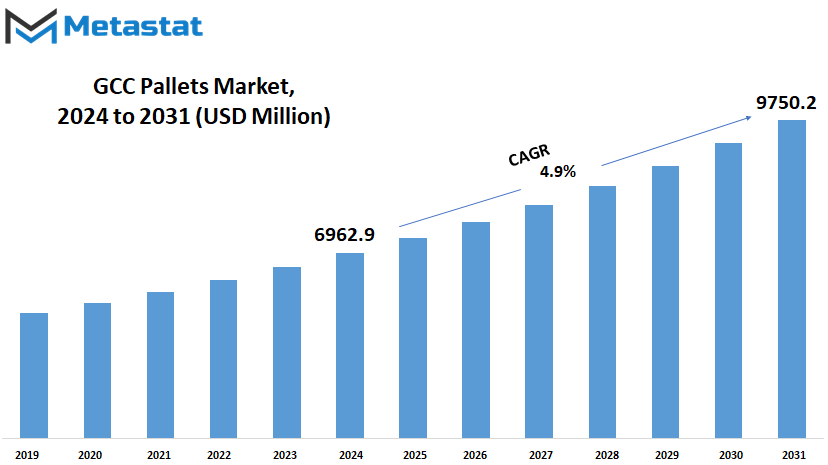
GROWTH FACTORS
The GCC Pallets market is going to witness phenomenal growth in the next few years, driven primarily by a set of factors that have given a new look to the logistics and supply chain space. Of course, first and foremost, it is the commitment of the region toward economic diversification, together with a nascent e-commerce sector.
With the GCC nations pressing towards knowledge-based economies, increased manufacturing and cross-border trade become a norm. This new economic development is going to use a solid and effective logistics infrastructure where pallets play a key role in the smooth movement of goods from one place to another. The increasing use of automation and advanced material handling systems within the warehousing and distribution centers further makes the requirement for quality pallets in order to withstand such operational conditions.
Moreover, exponential growth in e-commerce platforms in GCC is changing consumer behavior. A surge in demand for shopping online and speedy delivery drives the approach to easy logistics operation. These pallets, being at the epicenter of the supply chain, ensure effective processes that include warehousing, packing, and movement of products, which facilitate quick deliveries and customer satisfaction.
Growth of the GCC Pallets market may get constrained due to certain factors. Unduly fluctuating raw material prices, when wood and plastic are two of its main raw materials, may lose their profit margins for the manufacturer to eventually offer the product at higher prices to the end-user. Harsh climatic conditions in this region with extreme heat and humidity would want extra special pallets resistant to environmental stresses, raising the research and development costs.
The market for GCC pallets, however, has a lot of potential in terms of innovation and sustainability. The increasing United Nations agenda on environmental sustainability is forcing manufacturers to find other routes instead of the wooden pallet route, hence opening opportunities for the production of pallets made from either recycled material or renewable material—activities that will accord with the realization of the set Sustainable Development Goals within the region.
In just a few years, economic diversification, e-commerce, and increases in demand for effective logistics operations will further propel the GCC pallets market to exponential growth. Not much persuasion from innovation and sustainability is required to make one a market leader in this exponential market—all changing by seconds due to the region's dynamic business landscape.
MARKET SEGMENTATION
By Type
The materials and types that compose the GCC pallets market remain supremely dynamic to current and emerging requirements across different industries. Thus, going forward, the way this market works is going to witness some major overhauls essentially by placing technology and sustainability at its core.
Prominent amongst the segments of GCC Pallets market is the Wood Pallets Segment. This is because wood has long been the traditional favourite given its inherent strength, low cost and ample supply in the region. The outlook of this segment appears really exciting in the future as manufacturers devise and come up with various innovative techniques to make this material more viable and turn towards sustainable forestry practices that ensure their supply chain is responsible and green.
Other key drivers for this segment include the intrinsic benefits associated with plastic pallets, such as nonabsorption of moisture, extended service life, and low weight. With the rapid adoption of a circular economy in the region, demand for recyclable and reusable plastic pallets is likely to increase in the near future to help accelerate the regional goal of becoming greener.
Though small at present, huge potential lies in industries where superlative strength and load-bearing strengths are required for the metal pallets. Higher learning in material science and in the manufacturing process is likely to come out very innovative solutions and therefore would provide cost-effective and corrosion-resistant metal pallets, hence giving the best choice for heavy-duty applications.
This added dimension to the composite pallets segment is that of sustainability and innovation. Given that the composite pallet is composed of different materials, it will yield some outstanding properties that could be tailored to specific requirements within the industry. Such a segment would most likely come up with thermally improved insulating, impact-resistant, and load-bearing capacity-oriented pallets in the near future.
The Others category is a smorgasbord of unconventional materials and innovative designs juxtaposed with the traditional pallets. This includes pallets from recyclables, those engineered to incorporate tracking or monitoring via smart technologies, among others; this has the potential to reflect new frontiers in the industry while remaining responsive to market demand.
The Pallets market of GCC is about to experience disruptive changes with the focus mainly toward sustainability and embracing disruptive technologies. In this case, manufacturers will have to strive and come up with products answering both functional requirements and environmental goals set by the region, shaping a future where efficiency, durability, and eco-friendliness are able to coexist.
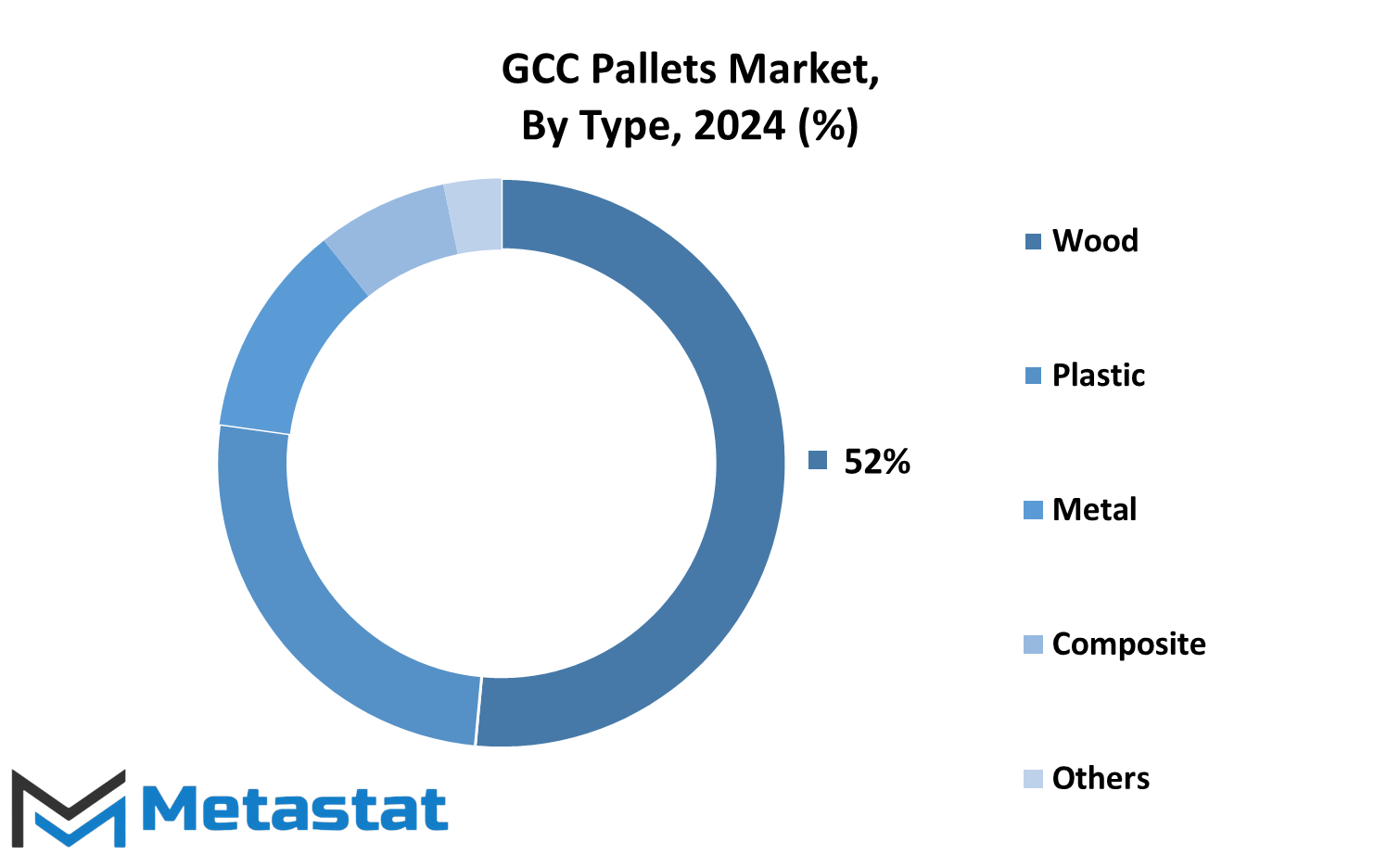
By Application
The pallet industry, with its pervasiveness across industries, has undergone a phenomenal transformation in the last couple of years. The GCC Pallets market is all set to grow further in the near future due to rising demand for more effective and sustainable material handling solutions. At the very heart of this evolving revolution is the application of pallets across various industries, with varied requirements and different challenges to manage.
In the food and beverages markets, apart from ensuring safe and hygienic product transportation, these pallets would continue to assist in the smooth movement of a perishable good from grocery stores to restaurants, guaranteeing freshness and quality. Online food delivery services and e-commerce, in general, would raise the requirement for an effective management system of pallets.
While the sectors of chemicals and pharmaceuticals are closely regulated and have numerous safety provisions, an ever greater reliance on pallets is forecast for the safe handling and movement of hazardous materials. As these sectors continue to grow, so will the demand for specialized pallets designed to withstand the Worst Case and other severe conditions with the least possible risk of contamination.
At the root of any manufacturing and production are the machinery and metal industries, which will continue to need pallets for the easy and effective transfer of raw materials and finished products. Simply working with automated systems and new technologies in the tracking of pallets would be able to iron out processes, increase productivity, and reduce wastes incurred.
It is envisioned that, with the flourishing construction sector, associated with the development of the region's economy, pallet applications for carrying building material movement will rise significantly. As more focus is given to green and sustainable construction methods, there is going to be an increased demand for eco-friendly and reusable pallets.
These would be beyond core industries, with a whole array of sectors under the Others category, each having its requirements for material handling. The contribution that wooden pallets can make towards ensuring a smooth flow of goods without damage during transportation will play a very important role in these sectors—be it in ever-important automotive and aerospace sectors or in the field of electronics and textiles.
Designs, materials, and tracking technologies will be the hallmark towards a more efficient, cost-effective, and environmentally-sensitive solution as the GCC Pallets market continues to evolve in an effort to keep up with these changing landscapes, through sailing across this futuristic landscape. The future of pallets depends exactly on their ability to blend in with new technologies—including, like, automation, robotics, and the Internet of Things—to drive even more efficiency into supply chain operations and ensure material handling handles its sustainability.
By Design
The GCC pallets market has been dynamic and evolving, catering to the myriad requirements of different industries. Right from the very central idea of this market, everything was rooted in designing and producing sturdy and reliable pallets that make material handling and transport easy.
Looking ahead into the future, substantial growth in the market is anticipated. Some of the major factors for such an event become increased globalization and the spreading e-commerce operation with further emphasis on the optimization of supply chains. Considering that the business world never stops seeking to make its logistics processes more streamlined, high-quality pallet demand will soar.
By design, the market has a number of types of pallets. Attributed with high strength and load capacity, block pallets will be in great demand from various industries dealing in heavy goods with large volumes. Stringer pallets have an open deck and thus will be greatly utilized within industries where the flow of air and ventilation is vital, like in agriculture and the food distribution industry.
Besides, it will bring out new pallet designs meant to counter challenges related to emerging industries. From improving performance and sustainability to achieving cost-effectiveness, manufacturers will turn to new materials, configurations, and techniques of production.
The key to changing times will be consortiums among manufacturers of pallets, the logistics providers, and end-users. Sharing insights, addressing pain points, codesigning solutions that drive innovation, and creating a guarantee that pallets meet the dynamic demands posed by the changing landscape of the supply chain.
|
Report Coverage |
Details |
|
Forecast Period |
2024-2031 |
|
Market Size in 2024 |
$6962.9 million |
|
Market Size by 2031 |
$9750.2 Million |
|
Growth Rate from 2024 to 2031 |
4.9% |
|
Base Year |
2022 |
|
Regions Covered |
North America, Europe, Asia-Pacific Green, South America, Middle East & Africa |
COMPETITIVE PLAYERS
The GCC pallet market has reinvented itself to become a dynamic space from which many competitive players are evolving. They are aimed at creating supremacy and catering to the ever-changing needs of the industry with sole objectives. Competitive players strive to compete through strategies that are appended with innovations revolving around cutting edge technologies and sustainability.
Top leaders in the industry, like DS Smith Plc., Smurfit Kappa, and Sonoco Products Company, really bring industry expertise in quality. On this count, leading global companies with enormous resources and wide experience develop comprehensive palettes of solutions for different sectors under various verticals.
While this has been happening with such global leaders, regional players—like Signode Industrial Group LLC, focused on multi-wall packaging; KraftPal Technologies; and Dopack—have made their presence known. Entering into this scheme, tapping into the local knowledge and market acumen in terms of the leveraging of parent companies has worked to develop pallet solutions shaking, very much in resonance with particular needs in the GCC region business community.
Competition from major players, such as Brambles Ltd. (CHEP Middle East), Gulf Pallets Factory, Royal Pallets Factory LLC, Emirates Pallet Factory LLC, Al-Moajil Wooden Pallets, and AlDhana Wood Industries Factory, has also increased with a view to providing quality and durable pallets while caring enough to give the assurance that environmental sustainability and social responsibility become part of the regional road toward the attainment of sustainable development.
Innovative businesses like AUER Packaging GmbH, LPR, and DOLAV Plastic Products brought cutting-edge solutions in plastic and composite pallets. This is where such materials can be used to replace Wooden Pallets, offering enhanced durability and lifespan in the face of appreciably decreasing their ecological footprint.
With these emerging GCC Pallets markets, these are certainly some among the competing players who will continue to push boundaries in innovation, efficiency, and sustainability. While each of them strives for something extraordinary, it is how these companies go on to define the future of pallet solutions that will propel this industry toward new peaks of excellence.
GCC Pallets Market Key Segments:
By Type
- Wood
- Plastic
- Metal
- Composite
- Others
By Application
- Food and Beverages
- Chemicals and Pharmaceuticals
- Machinery and Metal
- Construction
- Others
By Design
- Block
- Stringer
- Others
Key GCC Pallets Industry Players
- DS Smith Plc.
- Smurfit Kappa
- Sonoco Products Company
- Signode Industrial Group LLC (Multi-wall Packaging)
- KraftPal Technologies
- Dopack
- Brambles Ltd (CHEP Middle East)
- Gulf Pallets Factory
- Royal Pallets Factory LLC
- Emirates Pallet Factory LLC
- Al-Moajil Wooden Pallets
- AlDhana Wood Industries Factory
- AUER Packaging GmbH
- LPR (La Palette Rouge)
- DOLAV Plastic Products
WHAT REPORT PROVIDES
- Full in-depth analysis of the parent Industry
- Important changes in market and its dynamics
- Segmentation details of the market
- Former, on-going, and projected market analysis in terms of volume and value
- Assessment of niche industry developments
- Market share analysis
- Key strategies of major players
- Emerging segments and regional growth potential



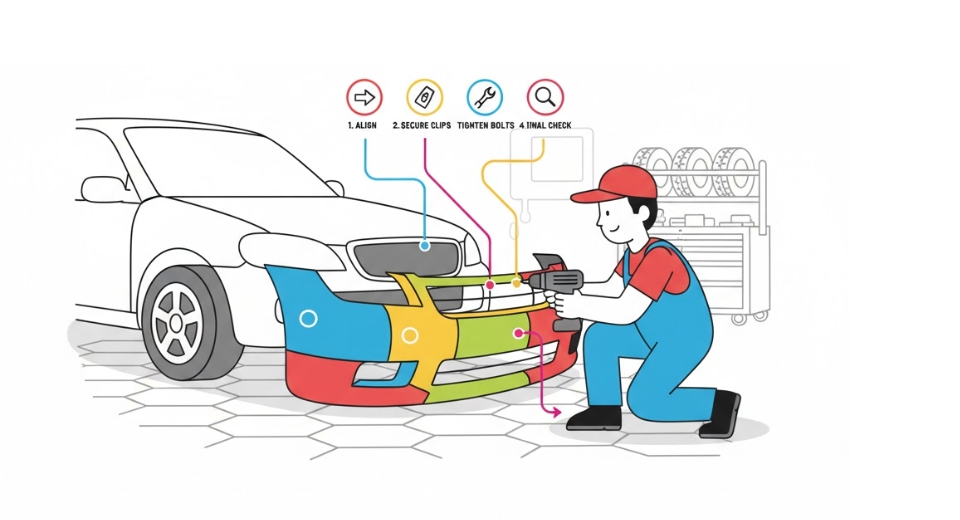
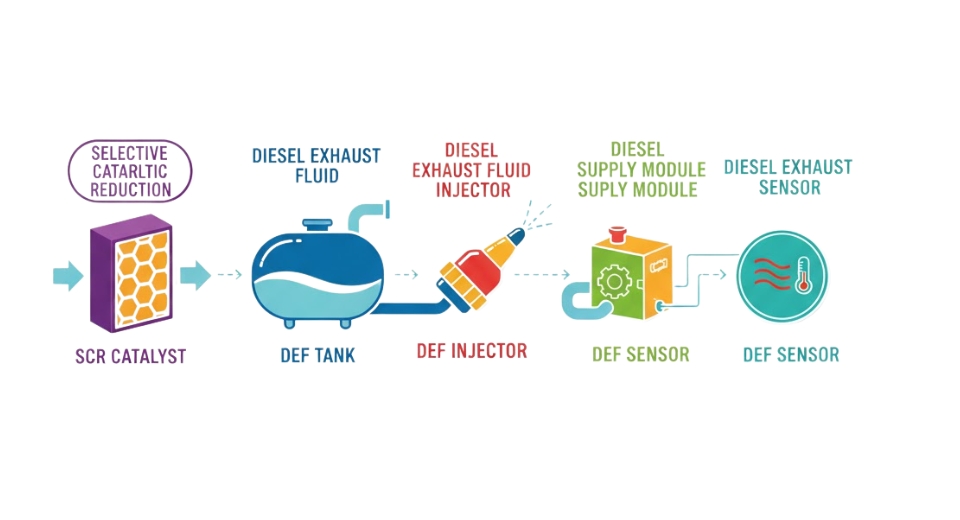
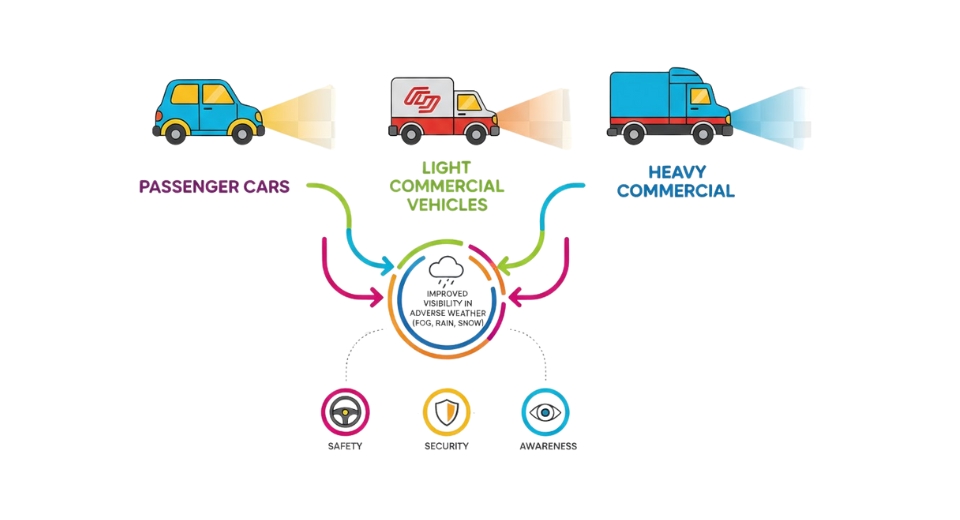
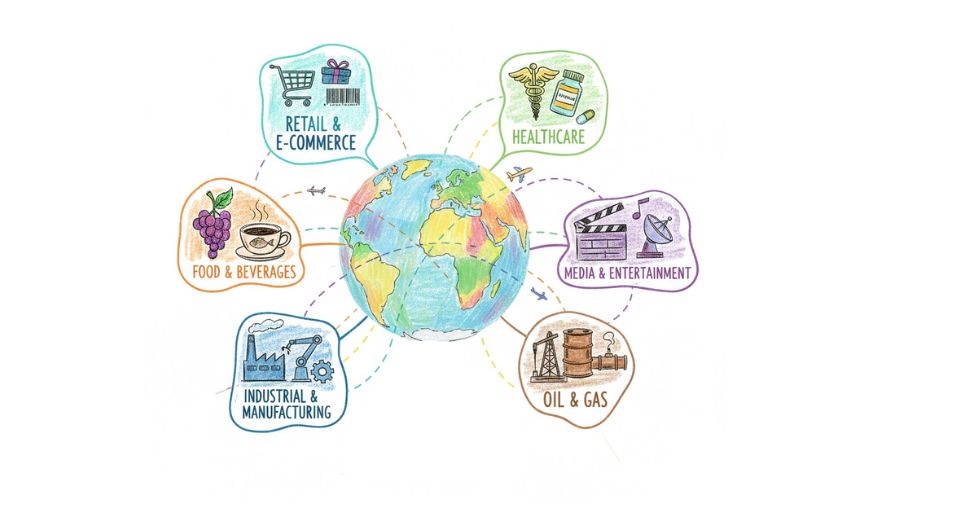

 US: +1 3023308252
US: +1 3023308252






